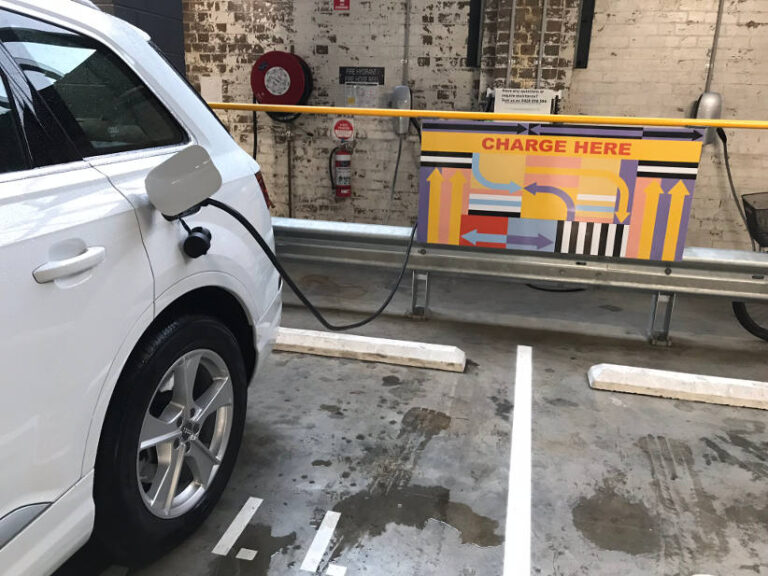– By Marc Sibbald –
This was a scientific experiment as much as a joy ride. I had organised back to back test drives of an Audi Q7 Etron, a Tesla Model X and then a Tesla Model S. I wanted to know what life was like driving an EV everyday and how I would deal with the practical issues of charging and drivability.
So the Audi was a good way to ease my way into the EV life. It’s a diesel powered Q7 with an electric motor for use at low speeds and for that F1 type boost of acceleration when you push the pedal through he floor.
The first shock was the lack of rear seats and the screen on the dash rising like a little puppy welcoming you home at the door. A Q7 is a full size seven seat vehicle so no rear seats was a shock but the room is needed for the batteries.
I was excited to drive the vehicle on battery power; but as an indication of how far we need to go before EVs are widely adopted, the diesel tank was full; but the battery was flat. Even my neighbour couldn’t understand why someone would give you an electric car with no range in the battery. Though it was impressive when I pushed the start button and the distance to empty indicator suggested I could travel 910km without filling up (and this was with a flat battery).
So in an attempt to get a full charge I made my first EV mistake. I went to a shopping centre that offered a free charge point and parked it. After five hours of charging the battery was full. My son and I were excited to drive on 100% electricity. But the excitement faded when I looked at the dash and it told me I could only travel 45km.
I don’t know what I expected from a hybrid SUV but it was more than this. The next shock came when I paid $18 for the five hours of parking. Obviously this isn’t the way you would recharge an EV if you owned one. It was a rookie mistake.
So with a full battery I spent the next two days running local errands on electric power. The diesel engine may have kicked in once or twice but the dash was reading economy of 1L/100km which was impressive.
Then came the Tesla. First thing to know – if you want people to talk to you – drive a Tesla. Neighbours, family; complete strangers. They all want to look inside and know if its as good as the hype. I got as many looks as an Italian supercar without the fancy body design and smile inducing exhaust note. Even months after I drove the cars people are still asking me questions about them.
As I drove out of the dealership in Artarmon I was nervous which is unusual considering how many different cars I drive. The acceleration is neck snapping. Like no other road car that I can remember driving.
There is definitely a difference to driving a petrol or diesel car. The first thing you notice is the lack of engine noise (which only lasts for two days and then you’re over it). Then it’s the regenerative braking. You actually need to change the way you use the accelerator pedal because when coasting speed is washed off so much faster. In the Tesla this can be changed to reduce the effectiveness but it’s another thing you won’t notice after two days.
The technology in a Tesla is for the thinking motorists. The big screen does draw your attention. Though it’s everything behind the screen that makes the car amazing. If you think of technology as gadgets and driver aids, you can get a $50,000 Hyundai with the same stuff. It how the car uses it that matters.
Range is the main thing people ask about. It can be displayed as kilometres remaining or as a percentage like your phone. It was an interesting social experiment to switch between the two and notice people’s reactions. When it was kilometres, everyone was cool. When it was displayed as a percentage, range anxiety kicked in. It was amazing to see the difference in attitude towards an electric vehicle just by changing the range display.
The key managing your anxiety is replenishment charging. And this realisation is when I became a believer. You don’t fill the batteries like you fill your tank; you charge it like you charge your phone – whenever you get a chance.







